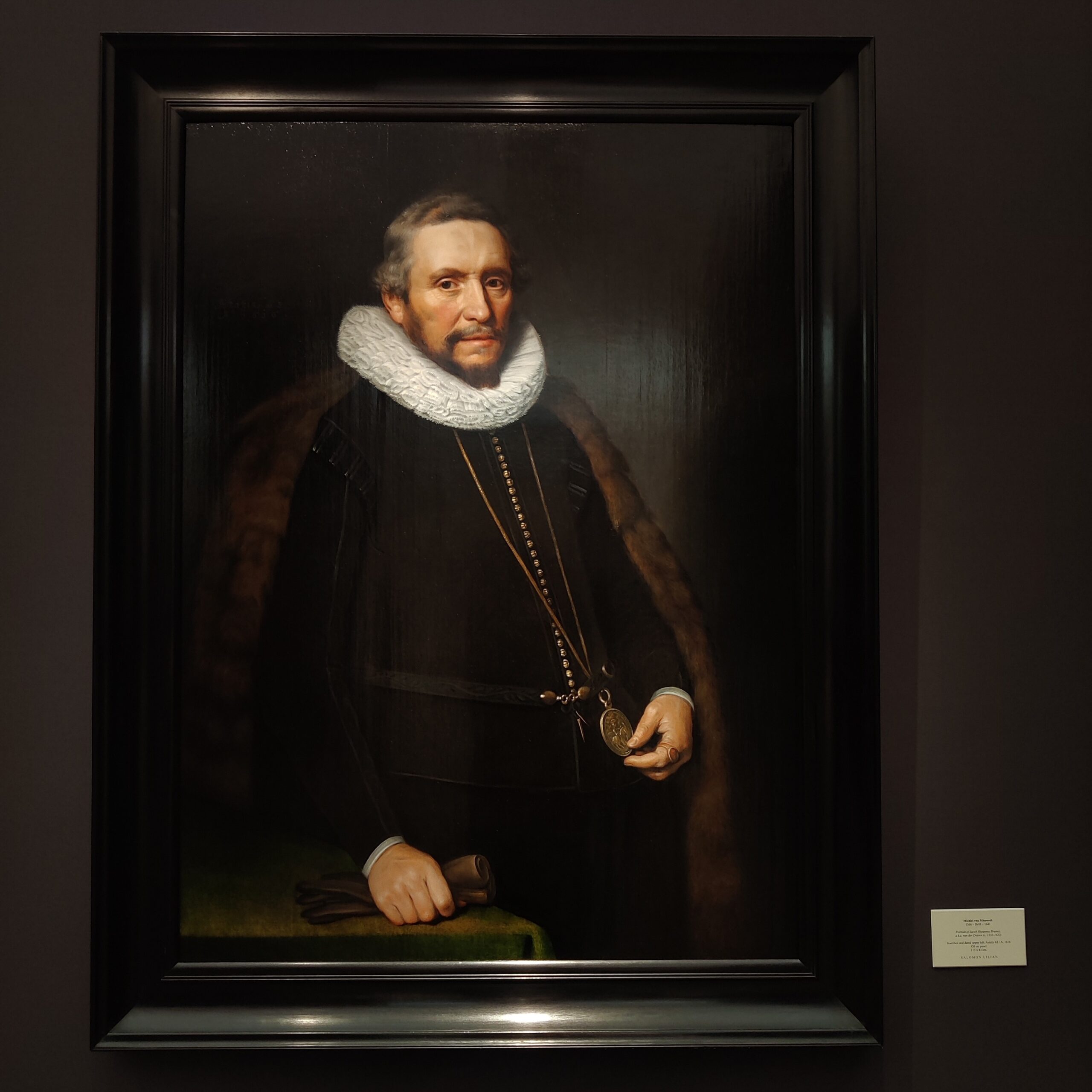Every October, Frieze and Frieze Masters transform London’s Regent’s Park into a global hub of contemporary creativity and historical masterpieces. Collectors, curators, conservators, and critics from around the world gather to view and discuss artworks that span centuries and styles. While the spotlight is often on the artists and galleries, there’s a vital group working quietly behind the scenes: fine art conservators.
According to the British Art Market Federation’s 2023 report, the UK remains one of the world’s leading art markets, responsible for 18% of global art sales. Despite challenges from Brexit, customs regulations, and increased bureaucracy, London still attracts major international buyers and sellers. That’s thanks in part to its strong supporting infrastructure, which includes conservation, logistics, and storage. Major events like Frieze are more than cultural celebrations—they’re commercial engines, moving hundreds of artworks across borders and through customs. At every stage, conservation professionals play a key role, ensuring these works are safely transported, carefully displayed, and maintained in top condition for potential buyers.
But who are the people behind this essential work? The Institute of Conservation’s Labour Market Intelligence Report (2022), our conservation body, paints a picture of a highly skilled but relatively small workforce. Most UK conservators work in small teams or as freelancers, and 88% hold a university degree, often with specialist training, and Manley Restoration fits in this category. The report highlights growing demand for preventive conservation and expertise in contemporary art conservation, which is particularly relevant to Frieze, where fragile modern materials are regularly shown. These works require meticulous care and technical knowledge to ensure they can safely withstand exhibition conditions.
At Manley Conservation, we’ve been fortunate to contribute to the preparation and care of artworks exhibited at Frieze and other similar international fairs. Tiago, who specialises in ceramics, collaborates evey year with galleries exhibiting at Frieze and Sandra, has been involved with long-standing Manley Clients who exhibit at Frieze while collaborating with skilled colleagues from across the field—for example, partnering with Felstead Framing in Hackney Wick to mount large-scale pieces requiring custom structural solutions and precise mounting. These collaborations highlight the deeply interconnected nature of conservation within the broader art ecosystem and the work Frieze generates particularly to us. The end of the Summer is a busy month for us!
What both reports make clear is this: conservation is not just a behind-the-scenes service: it’s a cornerstone of the UK art market. From condition reports to environmental monitoring and emergency treatments, conservators protect both the integrity and the value of artworks. As pieces travel across continents and are shown under hot lights or changing humidity, it’s the conservators who quietly ensure they endure.
As the global art market evolves with cities like Paris and New York gaining ground, it’s crucial that the UK continues to invest in conservation talent and infrastructure. Whether in museums, private collections, or commercial galleries, conservators uphold the standards that give buyers and institutions confidence. So next time you’re captivated by a masterpiece at Frieze, take a moment to consider the unseen hands that made it possible. Preserving not just art, but the trust that keeps the market thriving.


